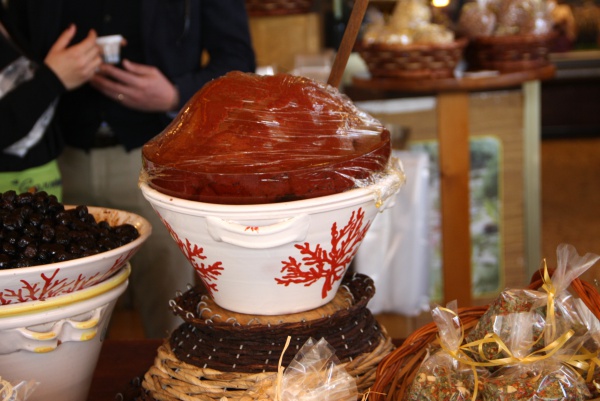Facts About Quince cheese
Quince cheese is a delightful treat enjoyed across many countries. This sweet, thick jelly is made from the pulp of the quince fruit and is known by various names depending on the region. In Spanish-speaking countries, it is called "dulce de membrillo" in Portugal, "marmelada" in Italy, "cotognata" and in France, "pâte de coing."
The origins of quince cheese date back to ancient times, with references found in the Roman cookbook of Apicius. The preparation is relatively straightforward: peel and core the quince fruit, cook it with sugar, and let it set until it forms a dense, sweet paste. Interestingly, you can also create a delicious quince jelly using the discarded skins and cores.
Quince cheese can be served in various ways. It is fantastic sliced on bread or sandwiches, paired with different cheeses, or even used as a filling in pastries. In some regions, it is a popular dessert, especially when paired with cheese, while in others, it plays a role in traditional Christmas celebrations.
Each region has its own twist on this versatile confection, reflecting its widespread popularity and cultural significance. Whether you call it "dulce de membrillo" "marmelada" "cotognata" or "pâte de coing" quince cheese is a beloved delicacy known for its sweet yet slightly tangy flavor and dense, jelly-like texture.

 Romania
Romania